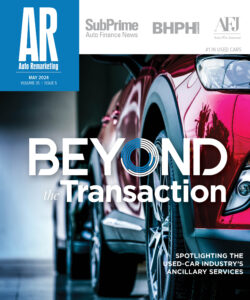Digital Trends and What They Mean for Traditional Advertising
By: Yasmine Syed
If you’re not yet familiar with the twitter hashtag #takemymoneyhbo, you ought to be. This hashtag has been utilized by a conglomerate of individuals who petitioned HBO to allow them to subscribe to HBO Go without having to subscribe to a cable TV provider. HBO Go is an app that allows you to stream the HBO programming of your choice to any digital device via the Internet or through a cell phone signal. The app is available for free to HBO subscribers. Adding HBO to your cable package usually costs $10-$15 a month. If HBO Go was available for this same monthly price, it would be a bargain compared to the roughly $100/month that most people pay for cable service.
This petition points to a possible transition of TV to an a la carte service rather than bundled together in expensive packages. After all, does anyone really watch all 300+ channels that come with premium cable packages? We may see a TV platform similar to iTunes in the future, where consumers can purchase individual songs rather than entire albums. It’s also likely that TV will follow in the footsteps of music providers like Pandora and Spotify, which will change how advertising will be disseminated. Audiences may be much more targeted and the potential for wasteful ad spending will be diminished. That being true, the explosion of digitally consumed media is making it possible for marketers to produce original programming and distribute it without the active support of a traditional media channels i.e. broadcast TV channels.
Branded content is gaining in popularity and consumers aren’t hostile to it, so long as it’s good. Brands like Nike, Virgin and American Express have all successfully built a following of their brand-led YouTube channels. One example of brand-created content was Pepsi’s live-streamed concert starring Nicki Minaj, which was available for viewing via twitter.com/pepsi and pepsi.com. Had Pepsi gone the traditional sponsorship route, it would have cost them several millions in ad spending. By producing, creating and digitally disseminating the content, they undoubtedly saved in overhead costs and penetrated their target market more effectively. This is all good news for advertisers.
Over the course of the next five years, the cost of advertising will be reduced as more specific modes for targeting emerge. The challenge is staying ahead of the digital wave, which is something we do best at Potratz.

 View The Latest Edition
View The Latest Edition


